No products in the cart.
Care and Maintenance, Hairpieces for Women
How to Put on Wigs with Clips to Conceal Hair Loss
Do you know why people prefer buying glueless wigs? Because they look for easy products to put on and take off? There are many types of wigs with clips available in the market that can help you get your desired hairstyle in an easily removable way.
We will share a step-by-step guide on putting on a wig with clips, which types of wigs are suitable for clips, and how you can maintain them in this blog. We will discuss the following topics in this blog, so let’s dive into the world of wigs with clips.
Wigs with clips have become immensely popular because of their versatility and convenience. These innovative hair systems are known for transforming one’s hairstyle without any commitment to permanent change. These wigs with clips are not like traditional wigs that require adhesive and tapes for fixation. Rather they come with small clips sewn into the cap so the wearer can easily attach them to his natural hair. How to put on wigs with clips is the most frequently asked question of all wig wearers. Attaching clipped wigs is the easiest as it doesn’t require much effort.
The best part of these wigs is that the clips are strategically positioned around them, ensuring a snug fit that remains in its place all day long. These wigs are ideal for daily wear and special occasions as they offer comfort and security, and you can easily remove them without hassle. Moreover, wigs with clips cater to various hair colors and textures lengths so that every individual can effortlessly achieve their desired hairstyle.
Additionally, wigs with clips are mostly made of high-quality synthetic or human hair, which makes it easily blend with your natural hair strands. The best benefit is that it doesn’t cause any harm to your natural hair, and you can experiment with unlimited hairstyles and shades without applying harsh chemicals to your locks.
What Types of Wigs are Suitable for Clips?
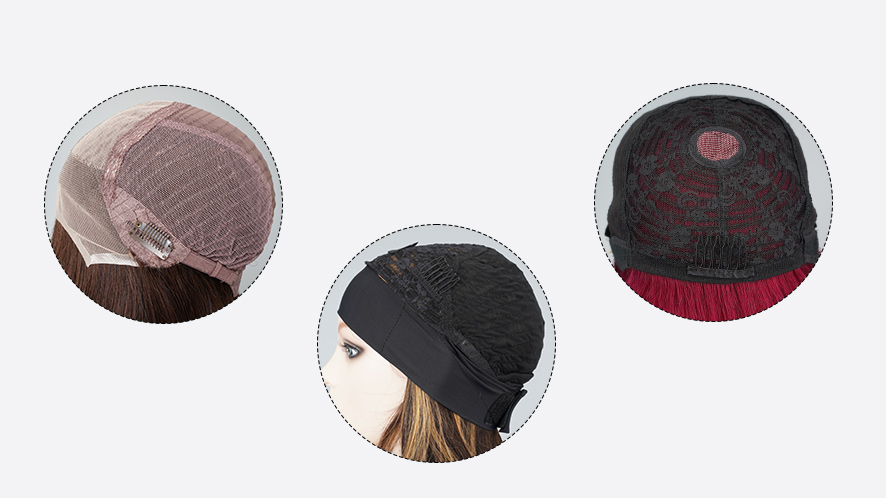
When it comes to picking the right type of wig with clips, there are several factors that you must consider, including the base material, wig construction, and its intended use. Many different types are compatible with wigs. Let’s explore a few of them here:
1. Lace Front Wigs
Lace front wigs with clips are known as the epitome of realism. The front of these wigs is of sheer lace panel, which gives it a natural hairline and makes it impossible to discern the wig from the original hair. The clips in these wigs are strategically placed to ensure comfortable and secure fixation without compromising the appearance. Lace-front wigs are perfect for those seeking refined and natural looks for casual and formal occasions.
2. Human Hair Wigs with Clips
These wigs are a go-to choice for those who seek a realistic and natural appearance. These wigs are crafted with genuine human hair to offer the same versatility as natural hair to its wearer. Human hair clip-in wigs allow you to experiment with different styles on your locks by dying, curling, and straightening just like your natural hair, according to your preference. The best thing is these wigs blend flawlessly well with your hair strand and give you an undetectable look. Human hair wig clips are known for longevity and can last for years if properly maintained.
3. Full lace Wigs with Clips
Full lace wigs with clips are similar to lace front wigs, but the base of these wigs is entirely made of lace. This wig provides more versatility in styling as the wearer can part their locks anywhere on the wig. The full lace base construction makes the wigs more breathable and lighter in weight, and it also enhances comfort during extended wear. These wigs are perfect for those who want the flexibility to style their locks uniquely.
4. Hand-tied Wigs with Clips
Men who suffer from hair loss at an early age look for wigs that provide the utmost realism and flexibility in styling, so they use hand-tied wigs with clips. These wigs are meticulously crafted; all the hair strands are individually tied to the wig cap, giving an illusion of hair growing from the scalp. The best thing about hand-tied wigs is they are suitable for clips, and their construction ensures that the clips stay securely in place during every movement.
5. Monofilament Wigs
These wigs are specially designed for the crown area to mimic the natural scalp. Monofilament wig caps feature a fine sheer mesh material for realistic hair parting and styling. These wigs sometimes have other cap construction elements like wefted sides and backs. Through these wefted segments, monofilament wigs become suitable for attaching clips. The clips are undetectably placed along the weft, making the wig more secure and natural.
How to Put on a Wig with Clips?
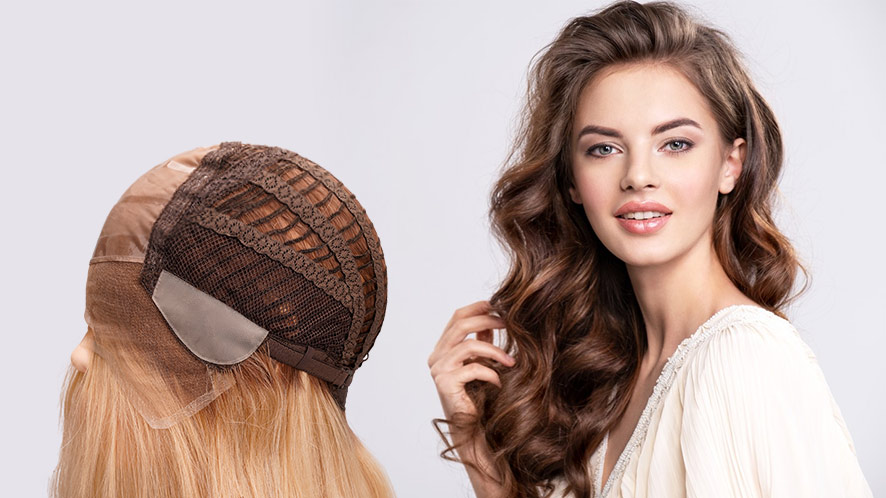
There are a few steps involved in placing clip-in wigs, following which you can comfortably and confidently enjoy natural-looking hairstyles for any occasion. This process requires a little practice to get a flawless and secure attachment. Here are the steps:
- The first and foremost thing is preparing your hair; if you have long locks, tie it closer to your scalp to get a flat base. If you have short hair, you can use a wig cap to keep the hair in place.
- Now position the wig in a way that aligns well with your natural hairline. Make sure to put your ear tabs in line with the temples. You need to tilt your head forward to easily slide the wig.
- Once you have placed the wig, now is the time for clip placement; start from the front, open each clip, position them against your scalp near the roots, and then snap it shut. After securely placing the front clips, I now got to the back.
- After placing the clips, gently adjust the wig to ensure it fits comfortably and naturally. Now look into the mirror to make final adjustments and necessary alignments, and tuck in the stray hair under the wig if you find any.
- Now you can style your wig into your desired look with the help of styling tools, and remember to be cautious around the clip area.
Maintenance of Wigs with Clips
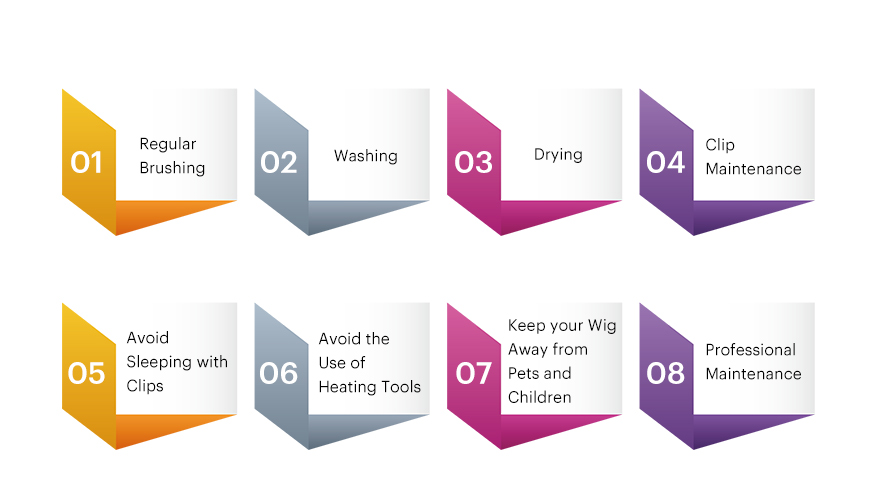
Proper care and maintenance of the wigs with clips are essential to ensure their good condition and longevity. Here are some pro tips for the maintenance of your wigs to make them last longer and healthier:
● Regular Brushing
Gentle brushing with a wide-toothed comb or wig is important to prevent tangles and knots. Always brush gently, especially around the area where clips are attached, as vigorous brushing can damage and loosen the clips.
● Washing
Almost all the wigs come with the manufacturer’s guideline for washing, according to which synthetic wigs require less washing and human hair wigs need frequent washing. Many wig-specific shampoos are available for human hair wigs, while synthetic wigs call for mild cleaning. Always be gentle while washing around the clip area to avoid pressing the attachment harshly.
● Drying
Gently drying the wigs with a towel to remove excessive water after every wash is crucial. We suggest drying the wig on the mannequin head or wigging stand rather than hair drying, as heat sources can damage clips’ adhesion and wig fibers.
● Clip Maintenance
How to use wig clips and their maintenance is crucial since clips on the wigs can get loosened and broken. So it’s important to check on the check to see if it works properly. Consider replacing the clips or getting them attached by a professional whenever you notice any issues. Additionally, never bend or force the clip to fix it, as it would weaken the grip.
● Avoid Sleeping with Clips
Sleeping with the clips and wigs is generally not recommended as it can damage the wig and your natural hair. Hence it’s better to remove wigs and clips before bedtime so that both wig and your natural locks can breathe; this will also prevent unnecessary strain on clips.
● Avoid the Use of Heating Tools
Although human wigs are heat resistant, most synthetic wigs are not, so it’s better to avoid using heated styling tools on your wigs. You can use these tools sparingly on human hair and after applying heat-protectant products to ensure safety and hair health.
● Keep your Wig Away from Pets and Children
The last but most important thing is to always keep your wigs away from pets and children to prevent damage and potential choking hazard. Children and pets can entangle the wig and can create knots, so it’s better to always store your wig in a safe place.
● Professional Maintenance
Wig maintenance can be complex at times; you can encounter issues that call for the professional assistance of a stylist for complex styling, cleaning, and repair, so we suggest you visit your wig stylist occasionally.
Conclusion
To conclude this blog, there are many types of wigs suitable for clips, and each of these types has unique features to cater to the needs and preferences of its wearer. How to put on the wig with clips and its attachment plays a key role in ensuring a secure fit and maintaining its natural appearance.
In this blog, we have covered all the details you need to know about using wig clips and their attachment. Now it’s easier to invest in wigs with clips as it’s an easy and hassle-free way to conceal your hair fall issues.









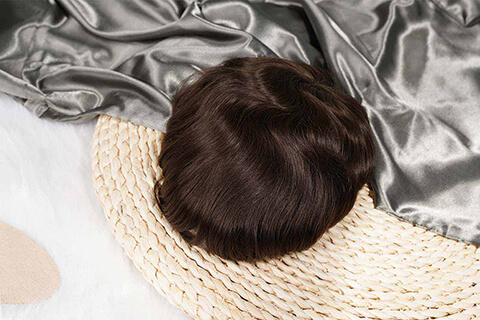
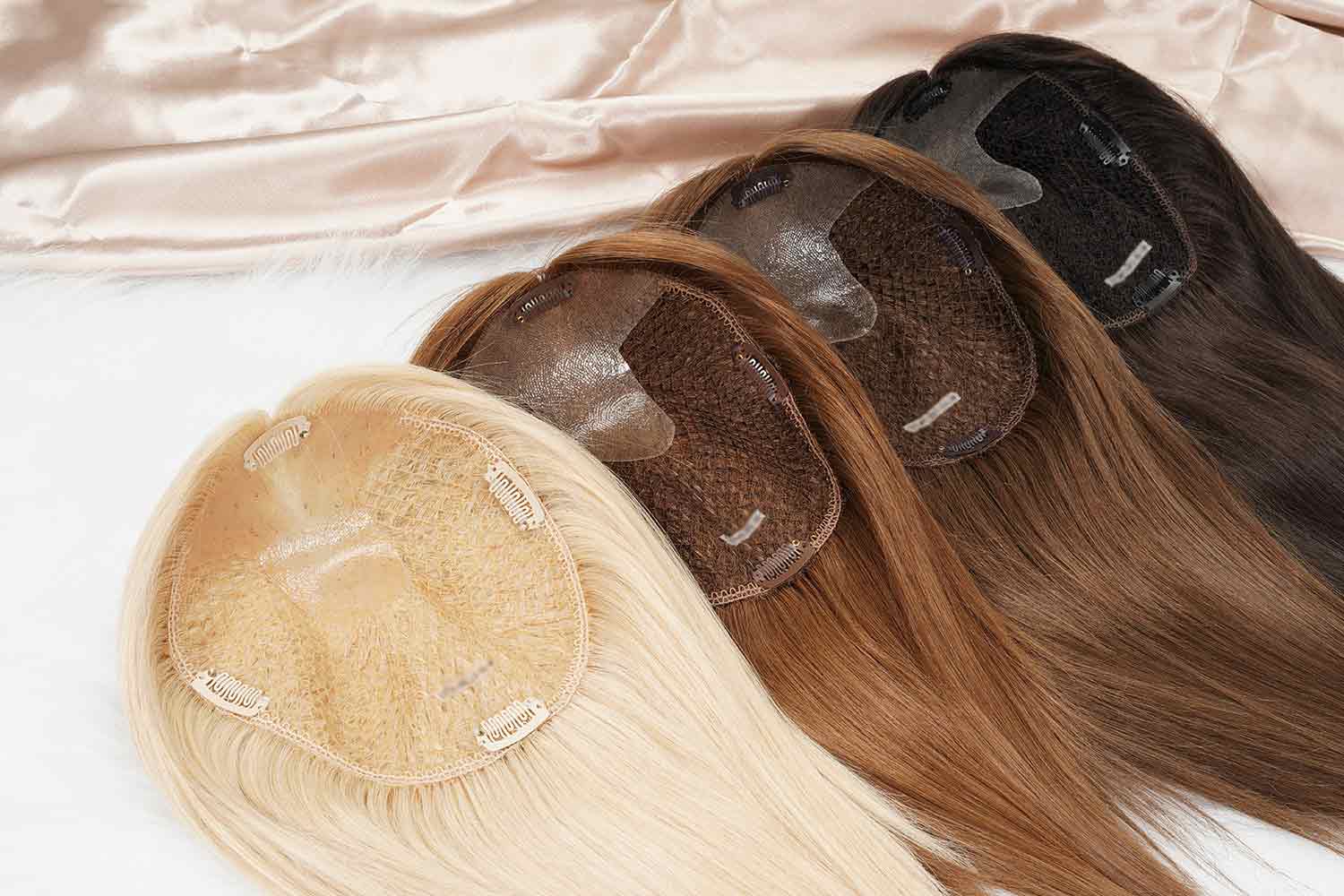
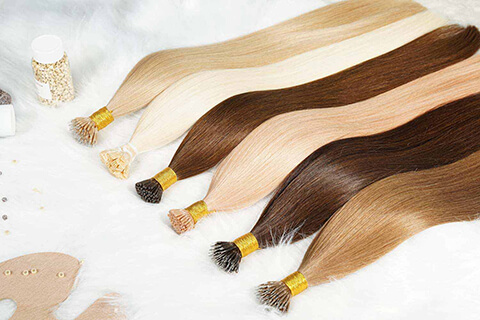
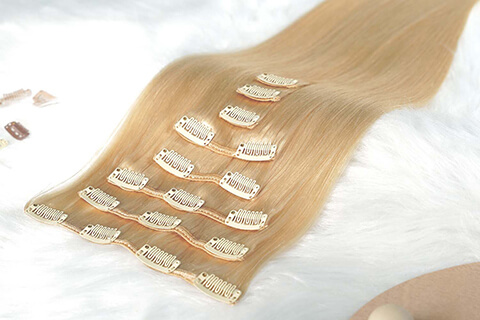
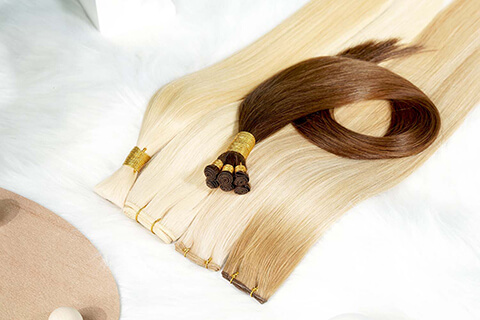
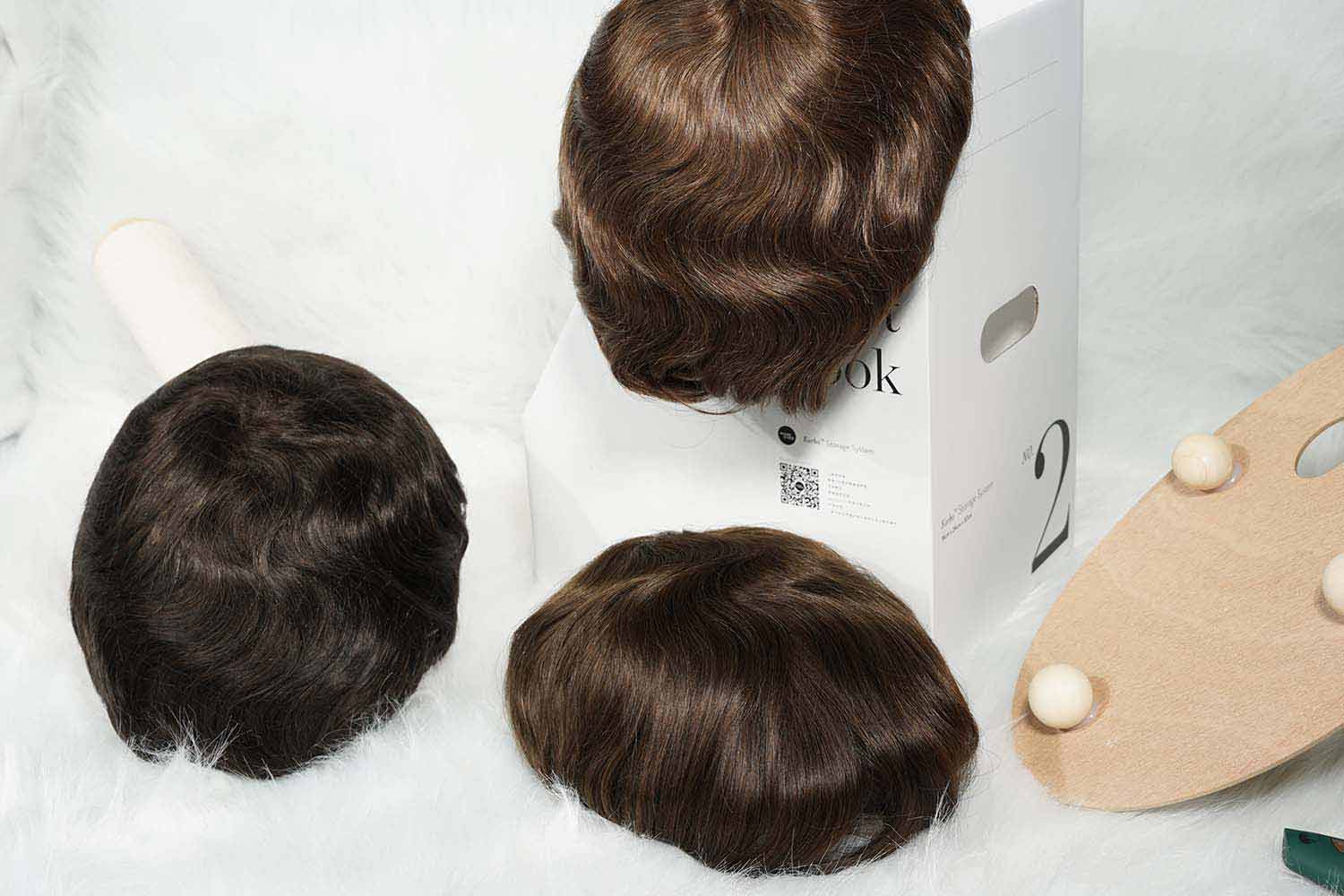
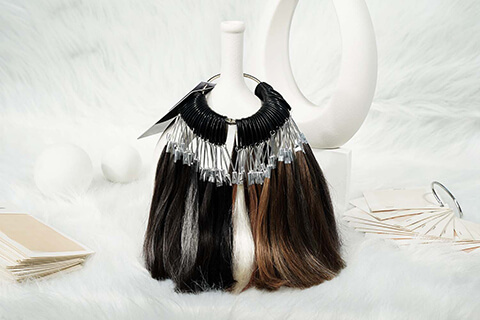
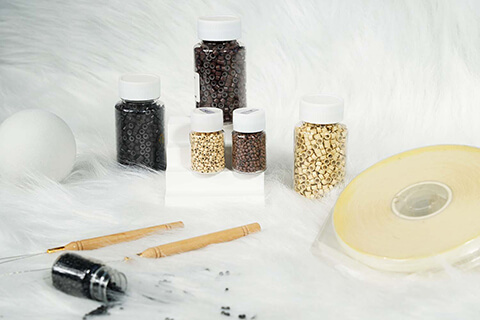

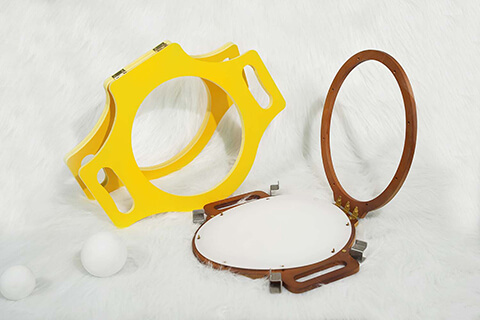
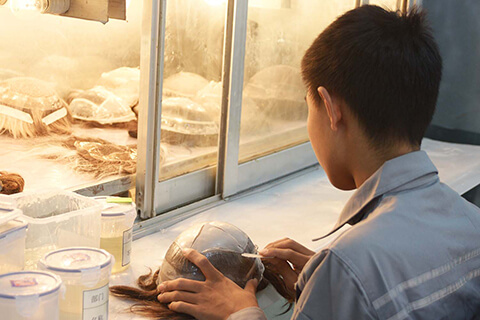
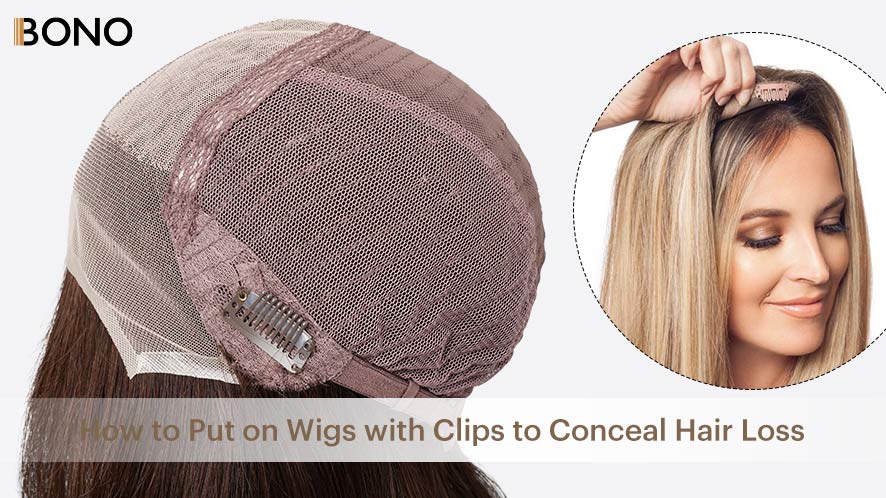
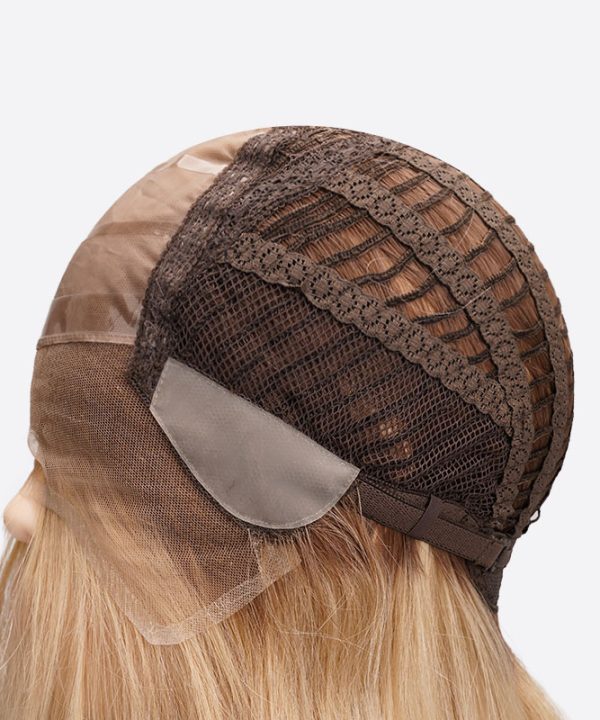
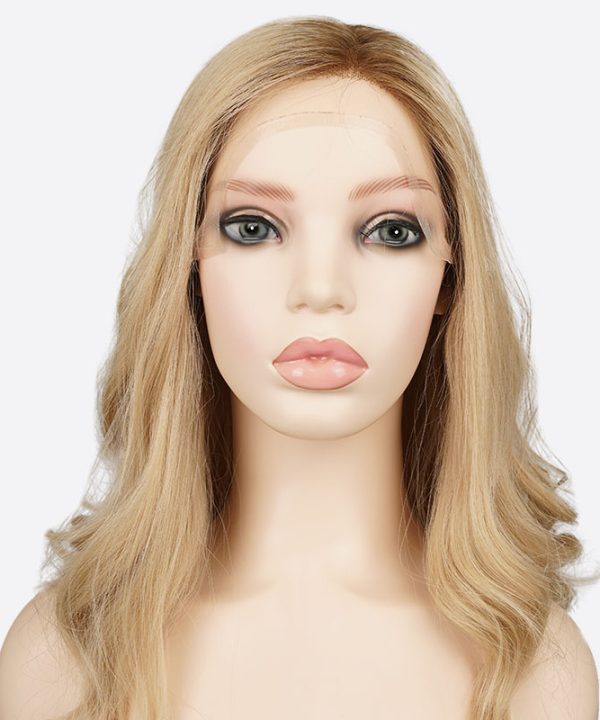
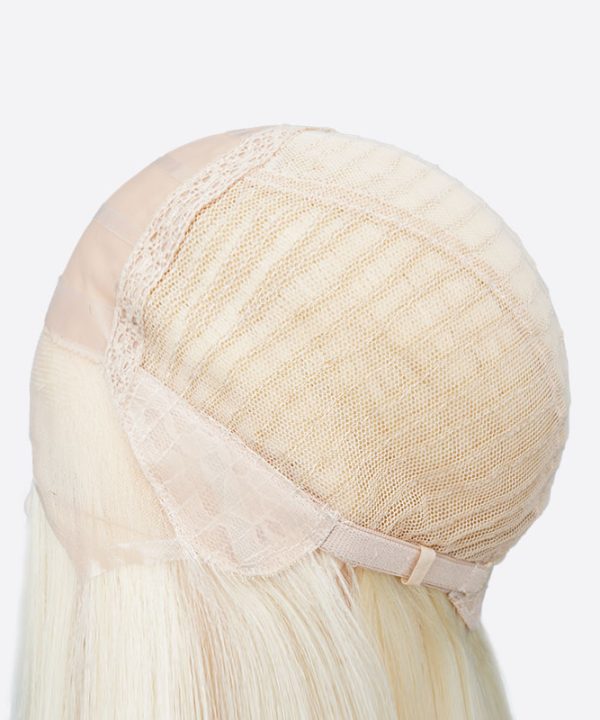
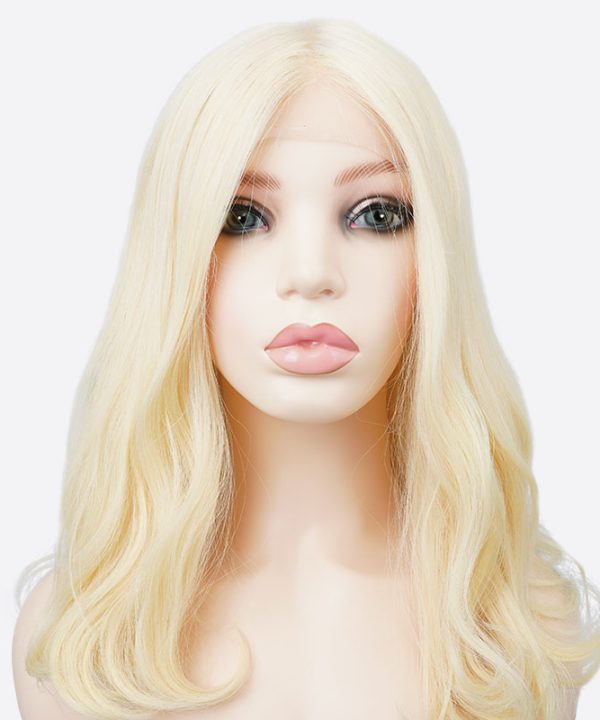
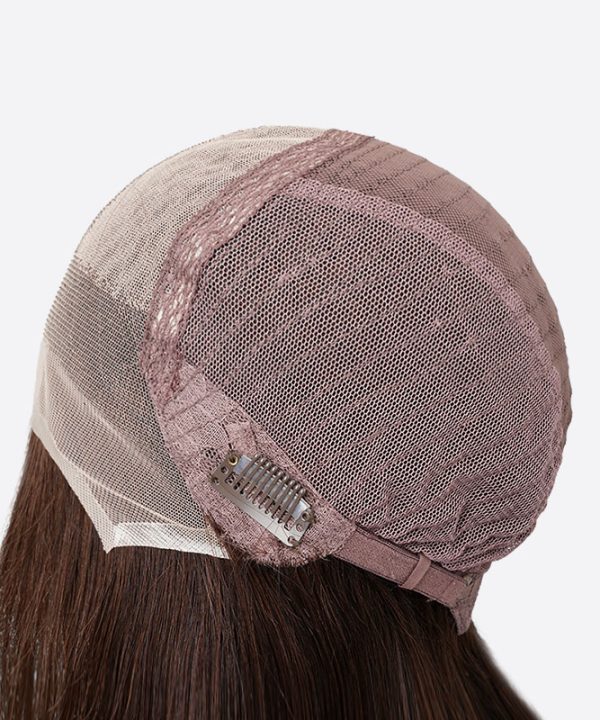
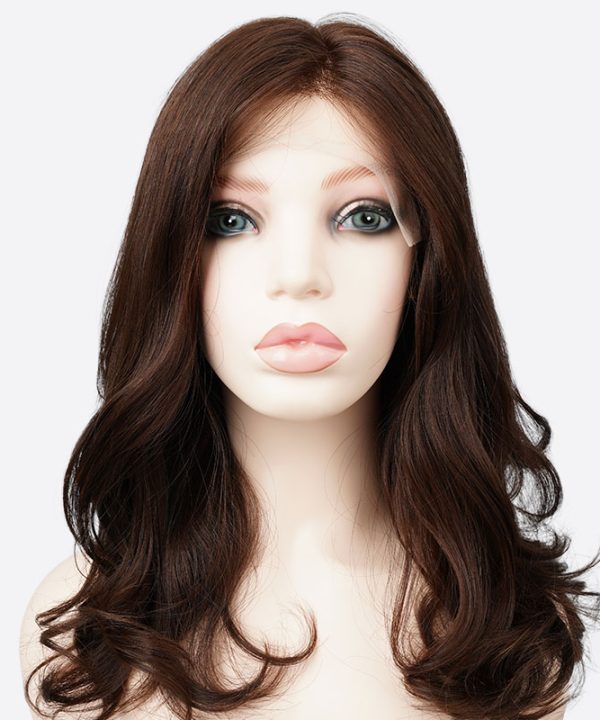







Hi my loved one! I wish to say that this post is amazing, nice written and include approximately all vital infos. I’d like to peer more posts like this.